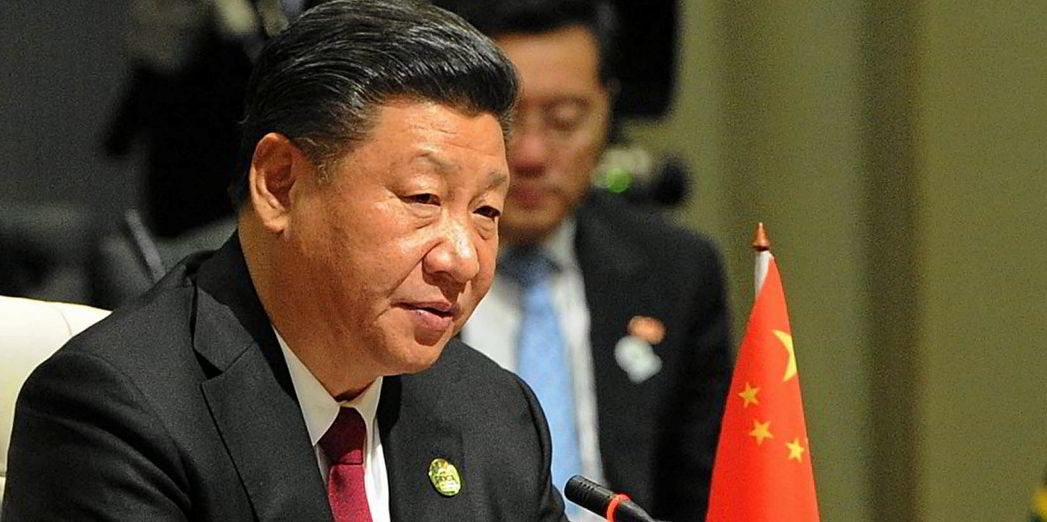Data from Clarksons Research reveals the extent of improvements in tanker markets this year, spurred by Ukraine war disruptions.
The UK research company’s analyst Sarah Holden said that until recently, the tanker market had been experiencing a prolonged period of weak rates, with the index of average tanker earnings between January 2021 and February 2022 standing 64% below the 30-year average.
“However, since late February and the onset of the Ukraine conflict, much stronger conditions have materialised,” she said.
Between March and mid-May, spot earnings for suezmaxes and aframaxes averaged about $37,000 per day and $63,000 per day respectively, based on 2010-vintage non-scrubber vessels.
From the start of 2021 until February this year, the figure was less than $10,000 across the two sizes.
Aframax earnings have been three times the 10-year average in the past two months.
Product tankers have also experienced much stronger conditions, with MR spot earnings averaging more than $23,000 per day since March.
Rates in the first half of May were in the top 5% of all values since the 1990s.
“Initial gains largely reflected significant premiums for ex-Russia business after the onset of the conflict in Ukraine, but market strength became broader in April as shifting trade patterns, eg imports into Europe as well as exports from Russia, tightened the market,” Holden said.
However, with Opec+ cuts still limiting Middle East Gulf exports, VLCC earnings have remained very weak, averaging close to zero for non-eco ships in the March to May period.
Before this, rates were about $3,000.
Bouncing back
“While this VLCC market metric does not reflect the broader trend, indicators for overall tanker earnings clearly illustrate the stronger conditions and impressive levels quickly reached in other segments,” Holden added.
The Clarksons tanker earnings index for all vessels above 10,000 dwt has averaged $31,310 per day from the start of March, 80% more than the 10-year average.
Clarksons Research has published earnings for four “standard” ships in each tanker sector since the start of 2020.
Earnings for a scrubber-fitted eco VLCC, for example, have averaged more than $17,000 per day since the start of March, up about one-fifth on the January 2021 to February 2022 figure.
This reflects the reduced “drag” from increased bunker costs, Clarksons Research argued.
“While earnings in some segments have eased a little in recent weeks, the market as a whole has clearly seen some materially improved conditions,” Holden said.
The cross-sector ClarkSea Index of major vessel sectors rose by 1% week on week to $44,357 per day, continuing the run of fresh post-2008 highs.




